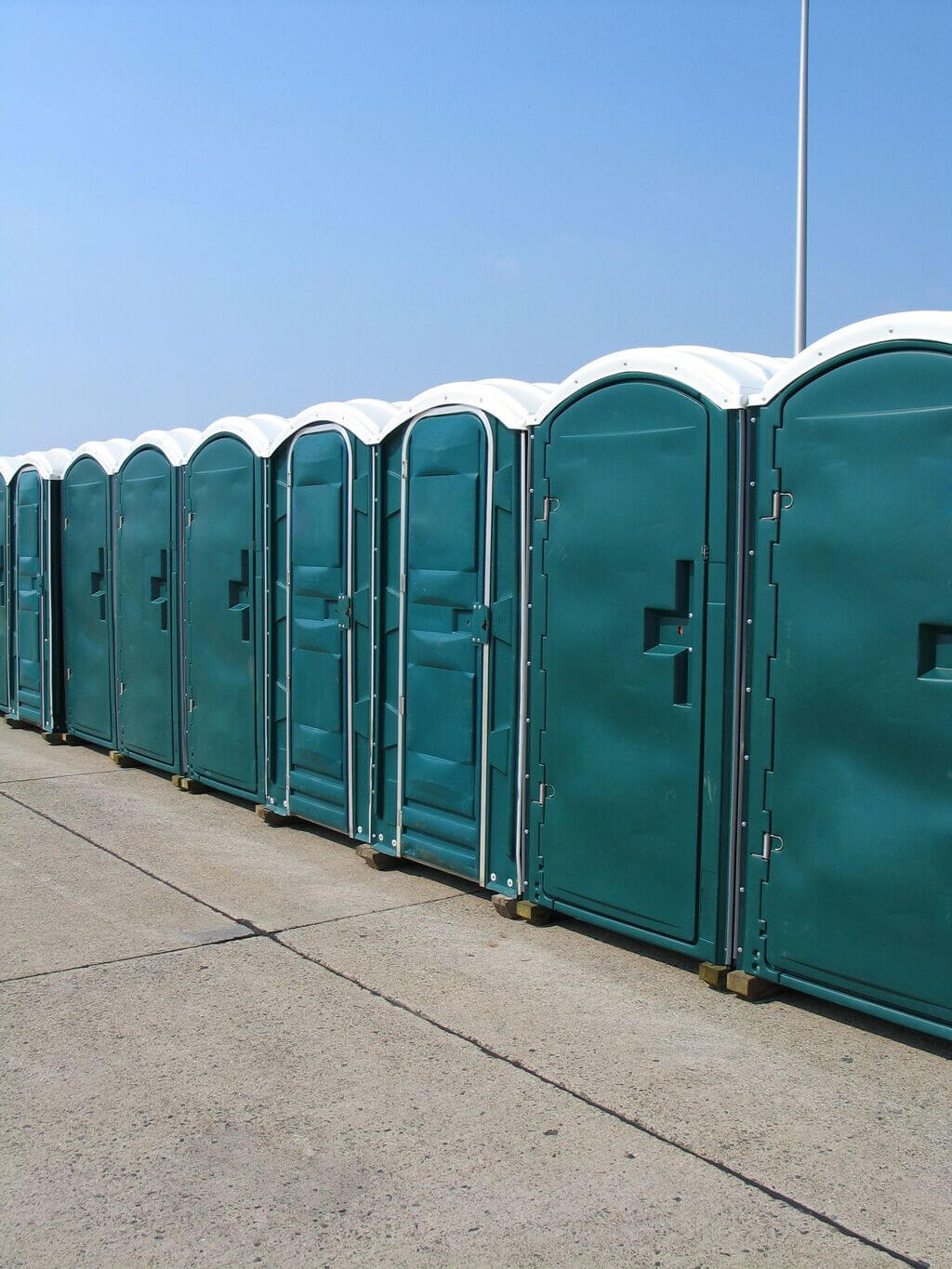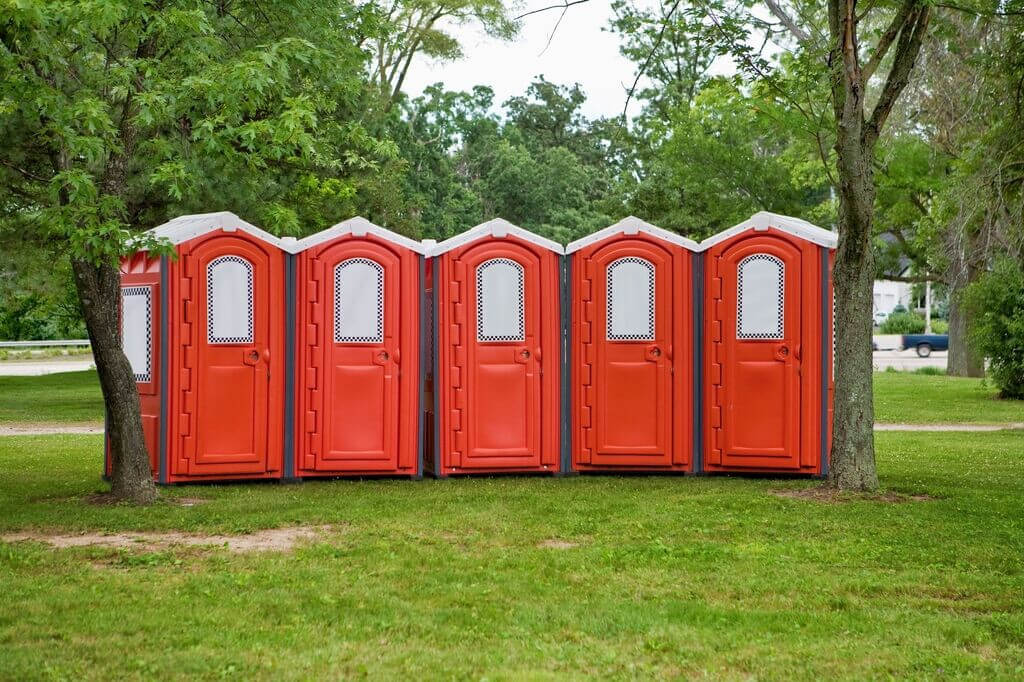Introduction
Porta potties, also known as portable toilets, have become a staple in various outdoor events, construction sites, and public gatherings. With their convenience and mobility, they provide essential sanitation services where traditional restroom facilities may not exist. However, as these units are often used by large groups of people, questions arise about their capacity and the standards governing their use. In this comprehensive article, we’ll explore the nuances of porta potty usage rates, including how many people can effectively use one in a day, and delve into the regulations set forth by OSHA (Occupational Safety and Health Administration) regarding sanitation porta potties facilities in workplaces.
How Many People Can Use a Porta Potty in a Day? Insights into Usage Rates
Understanding how many people can comfortably use a porta potty in a day is crucial for event planners and site managers. On average, a single porta potty can handle approximately 10 to 15 uses per hour under normal circumstances. This means that over an eight-hour workday or event duration, it could accommodate roughly 80 to 120 uses.
Factors Affecting Porta Potty Usage
Duration of Event or Work Shift: Longer events will naturally increase usage. Demographics of Users: Family-friendly events might see different usage patterns compared to construction sites. Accessibility: If multiple units are available, wait times reduce. Time of Year: Hot weather can lead to increased hydration and more frequent restroom visits.Estimating Requirements Based on Attendance
To estimate how many porta potties you need for an event or construction site, consider the following:
- For short events (less than 4 hours), one unit per 50 people is generally acceptable. For longer events (over 8 hours), one unit per 100 people is advisable.
Calculating the Daily Capacity
Using some simple math:
- 100 attendees at an event could require at least one porta potty, allowing for approximately 80 uses throughout the day.
This calculation helps ensure that all attendees have access without long wait times.
What Are the OSHA Rules for Porta Potties?
OSHA has established specific guidelines regarding sanitation facilities in the workplace to ensure worker safety and health. According to OSHA's standards:
- Employers must provide adequate toilet facilities based on the number of employees. For every 20 employees working at a site for less than 6 hours per day, one toilet facility must be provided.
Key Guidelines Include:
Minimum Number of Toilets: At least one toilet facility should be provided for every 20 employees. Availability of Water: Facilities must be readily accessible with enough running water; otherwise, it could be considered an OSHA violation. Proper Maintenance: Toilets must be kept sanitary and well-stocked with necessary supplies such as toilet paper.What Are Construction Toilets Called?
In construction terminology, portable portable toilet rental near me toilets are often referred to as "construction toilets". They serve similar purposes as standard restrooms but are designed with mobility in mind for temporary setups at job sites.
How Many Toilet Seats and Urinals Are Required for a Construction Site with 80 Workers?
For a construction site with around 80 workers:
- You would typically require at least four toilet seats (one seat per 20 workers). Adding urinals can further alleviate wait times; commonly recommended is one urinal for every three toilet seats.
This setup promotes efficiency while adhering to OSHA standards.
What Are the Disadvantages of a Porta Potty?
Despite their utility, there are notable disadvantages associated with porta potties:
Limited Space: These units can feel cramped. Sanitation Concerns: Without regular maintenance, they may become unsanitary quickly. Odor Issues: Even with deodorizing agents added to the holding tanks, odors may still escape if not maintained properly.What Is the Minimum Number of Toilet Facilities Required for 20 Employees at a Construction Site?
For a team of 20 employees working on-site:
- At least one toilet facility should be provided according to OSHA regulations.
It's important that these facilities are easily accessible to maintain productivity and employee comfort.

Is It an OSHA Violation to Work Without Running Water?
Yes! Under OSHA guidelines, working conditions must include access to running water if feasible; failing this requirement could lead to violations that jeopardize employee health and safety.
What Is the Proper Term for a Porta Potty?
The proper term for what most people colloquially call "porta potties" is actually "portable toilets" or "mobile sanitation units".

How Do Construction Toilets Work?
Construction toilets function similarly to traditional toilets but rely on chemical solutions rather than plumbing systems:
Waste enters a holding tank where it’s broken down by chemicals. Regular servicing involves pumping out waste and replenishing deodorizing agents.This method allows them to operate effectively without standard plumbing infrastructure.
What Is the Difference Between a Porta Potty and an Outhouse?
While both serve similar functions regarding waste disposal:

FAQs About Porta Potties
What Not To Put In A Porta Potty?
Avoid putting items like feminine hygiene products or food waste inside porta potties as these can cause blockages or unpleasant odors.
How Sanitary Is A Porta Potty?
When regularly serviced by professional cleaning services, porta potties can maintain acceptable sanitary conditions; however, neglect can lead to unhygienic situations quickly.
Why Is Porta Potty Water Blue?
The blue color comes from special deodorizing chemicals added to mask odors while breaking down waste materials effectively within holding tanks.
Can You Sue A Company For Not Letting You Use The Bathroom?
If denied access repeatedly during working hours without valid reasons or alternatives provided, employees may have grounds for legal action based on labor laws related to workplace rights.
How Do You Keep A Porta Potty From Smelling?
Regular servicing combined with high-quality deodorizing chemicals helps minimize odors in portable restrooms significantly over time!
How Many Portable Toilets For 2000 People?
For large gatherings like festivals around 2000 attendees—a ratio of about one unit per hundred individuals would suggest needing approximately twenty portable toilets available throughout your venue!
Conclusion
Understanding how many people can use a porta potty in a day involves more than just numbers; it encompasses considerations about user comfort and adherence to safety regulations such as those outlined by OSHA guidelines concerning sanitation practices on job sites or large public events alike! By taking proactive measures when determining your restroom needs based upon attendance forecasts—and ensuring compliance with state mandates—you'll safeguard both employee wellbeing while promoting operational efficiency!
With careful planning paired alongside reliable service providers—the benefits offered through effective utilization cannot only elevate attendee satisfaction but also minimize potential liabilities tied up within inadequate restroom facilities! So next time you find yourself pondering “How Many People Can Use A Porta Potty In A Day?”—remember there’s no substitute for being prepared ahead!